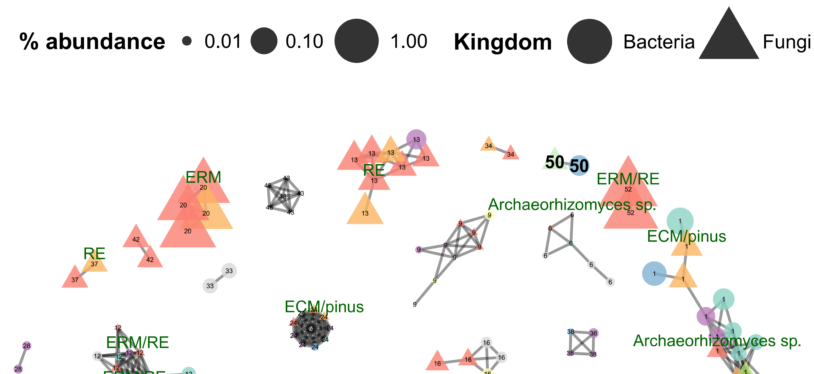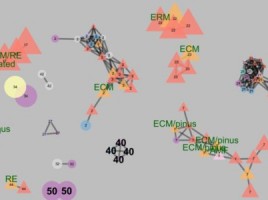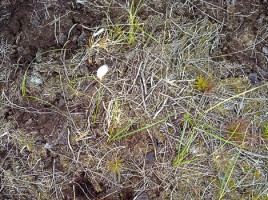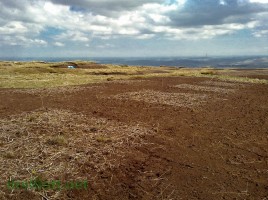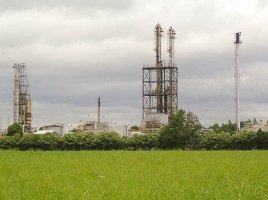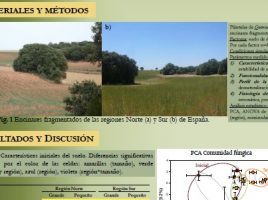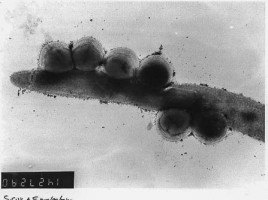
Soil microbes of the Kalahari and the Pennines
Soil is a non-renewable resource which sustains life and delivers countless beneficial ecosystem services that we need and take for granted. The microbial diversity of soil dwarfs above-ground plant diversity, but is intimately linked with it. Whilst macroscopic ecology is a well-developed discipline that supports our efforts to manage and …
